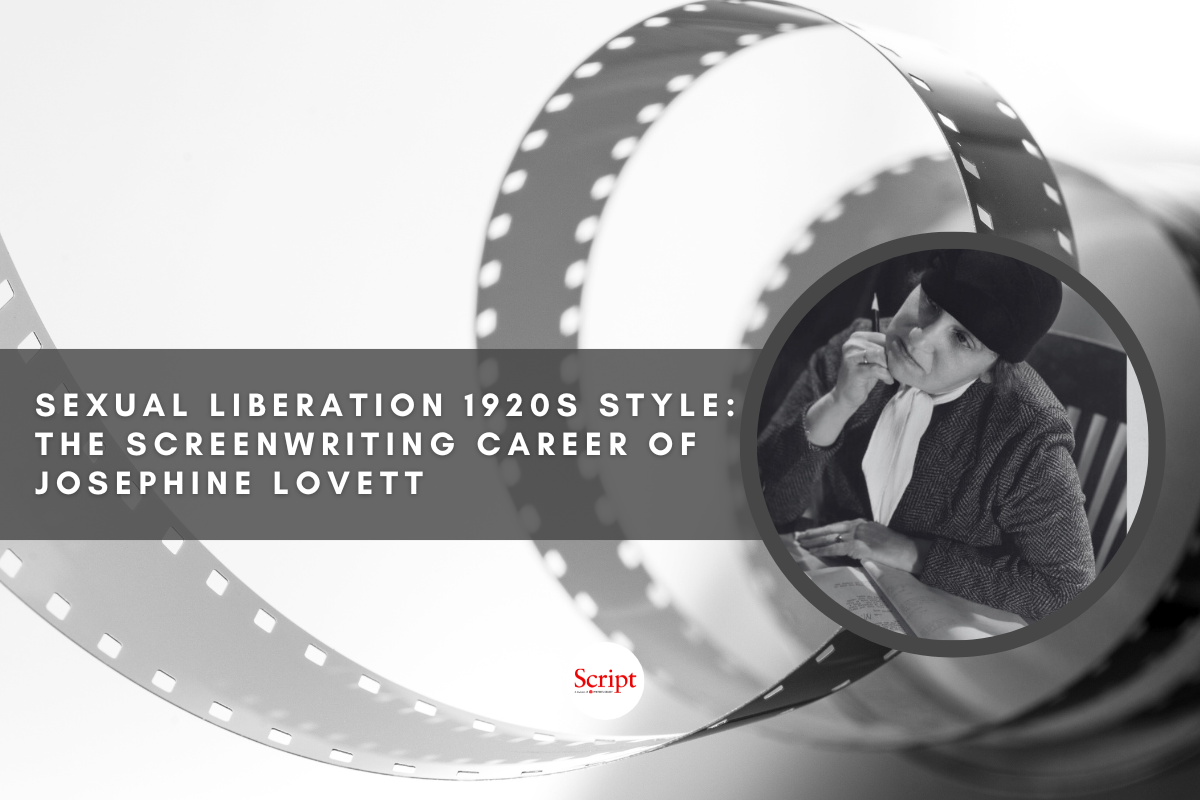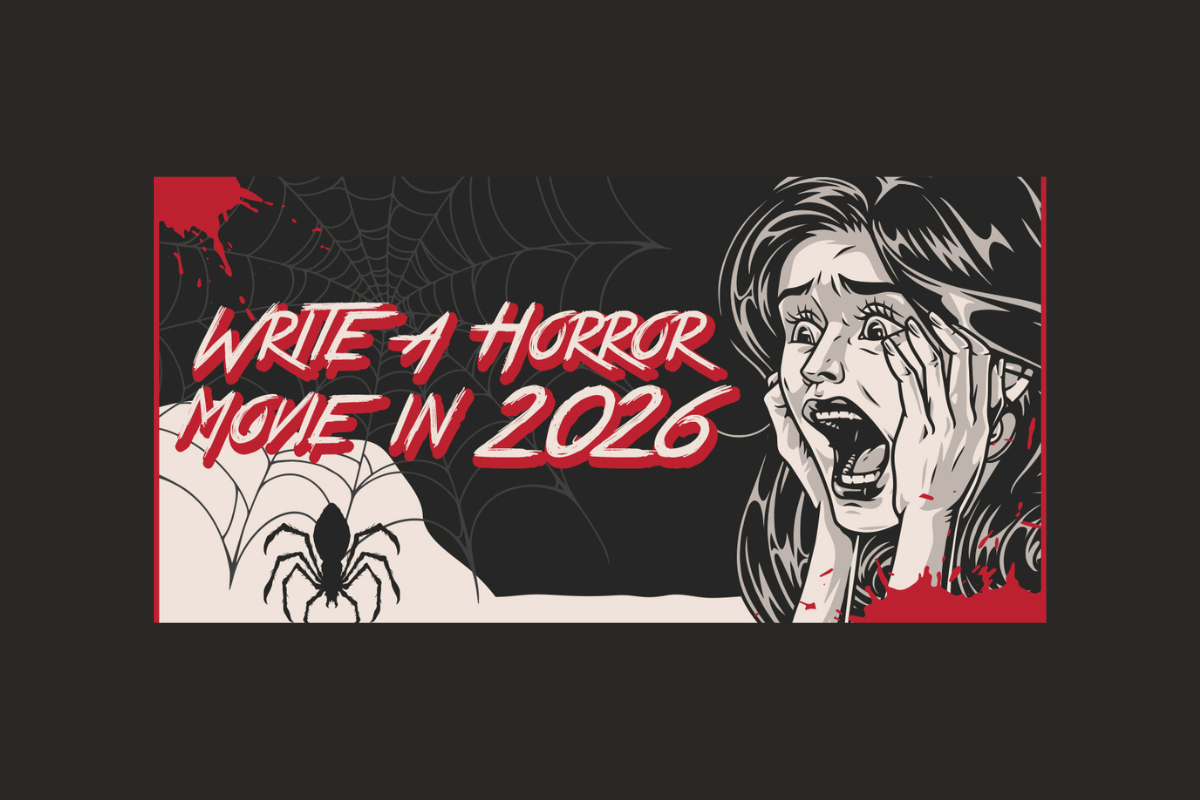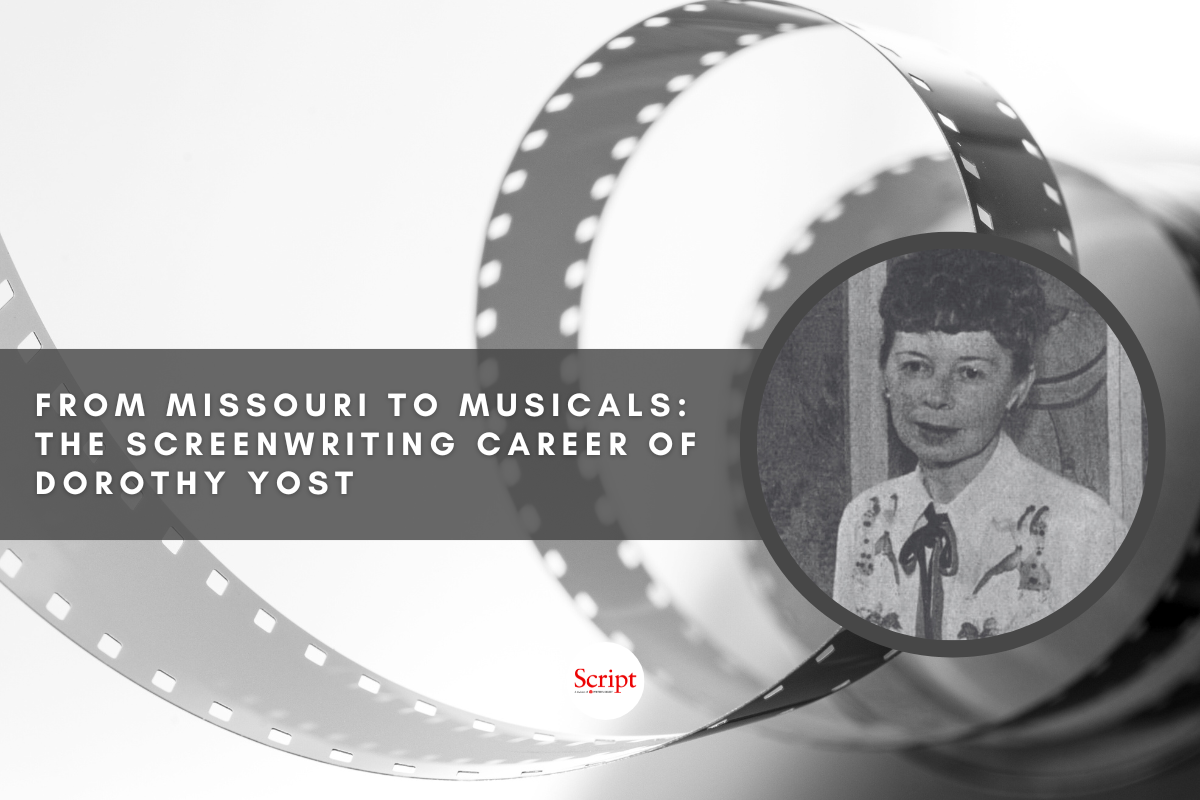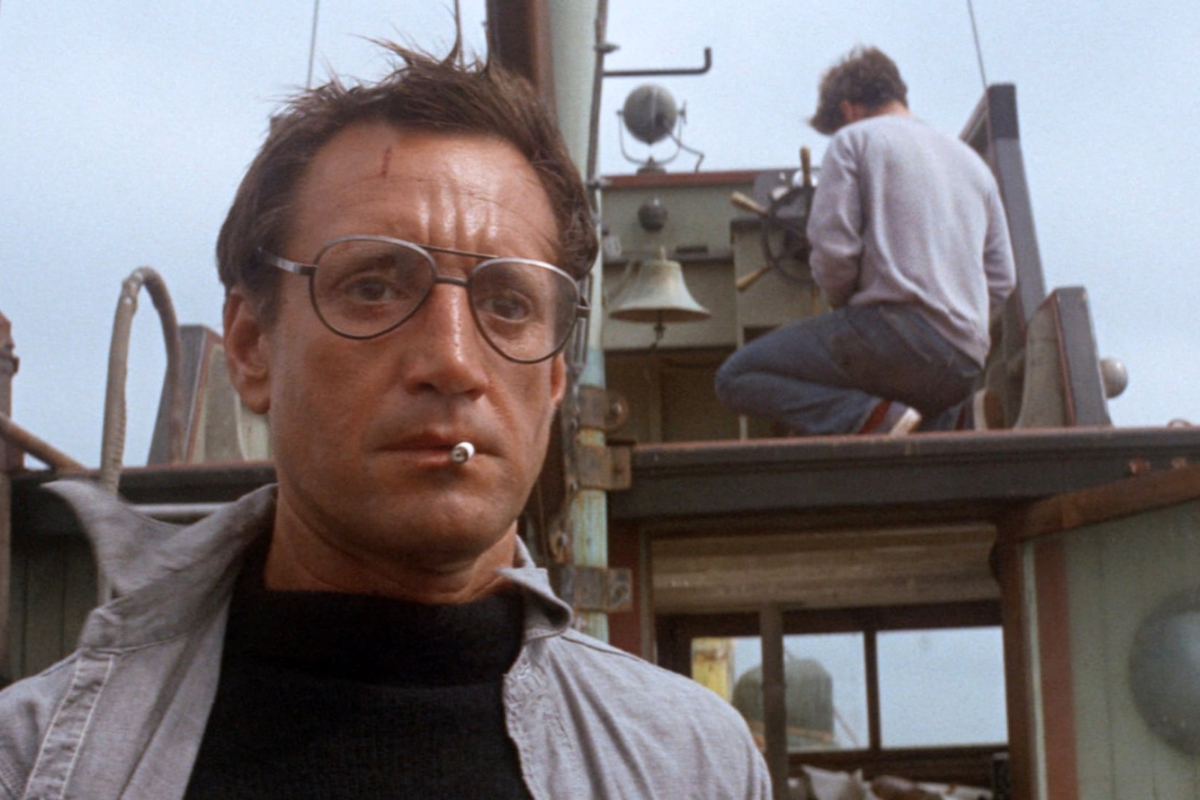A Celebration of Cinema: A Look at the Academy Museum of Motion Pictures and A Conversation with Jacqueline Stewart
Script contributor Sonya Alexander visits the Academy Museum of Motion Pictures and speaks with Chief Artistic and Programming Officer Jacqueline Stewart.
Los Angeles is a town that celebrates cinema. From the Hollywood Walk of Fame to the Hollywood sign to the Oscars, it’s a nexus of the film industry and a commemoration of all that it entails. The Academy Museum of Motion Pictures, which opened its doors in September of 2021, is a gleaming citadel of film culture and history that’s on the corner of Wilshire and Fairfax. For filmmakers and film lovers alike, it houses precious film-related objects, as well as exhibits that illustrate the various aspects of the craft of filmmaking. It’s a love letter to all things cinema.
Script Magazine recently took a tour of the museum and spoke with Chief Artistic and Programming Officer Jacqueline Stewart. She hails from Chicago and has a rich background as a film archivist and scholar. She’s taught American film history at the University of Chicago and is the first Black host on TCM. On March 25, 2022, the inaugural episode of “And the Oscar Goes To…” podcast aired. Hosted by Ms. Stewart, it delves into touchstone moments during and behind the scenes of the Oscars in 2002.
Let’s take a deep dive into what the museum offers. If you’re not a member, tickets are $25. Entry is free for those 17 and under. Membership is $100/annually. There are four floors of finely curated exhibits and programs, with the rooftop fifth floor dedicated to the Barbra Streisand Bridge and an awe-inspiring panoramic view of Los Angeles. The way the exhibits are situated, there’s an aesthetic “dialogue” between them, according to Nathalie Morris, Senior Curator, Collections and Curatorial Affairs.
The Sidney Poitier Grand Lobby offers Fanny’s, a restaurant and café dedicated to legendary entertainer Fanny Brice. The atmosphere is old Hollywood glam and the menu is appealing to almost anyone’s palate. The prices are fairly reasonable too.
Also in the lobby is the Spielberg Gallery, which showcases the first floor of the three-floor exhibit, Stories of Cinema. This level of the exhibit is free to all. Ms. Morris and her team recognized that the museum “should tell various stories. Not just one.” While this features an immersive experience of over 700 film clips and stills that aren’t in chronological order, it’s a great appetizer for the larger experience that the rest of the museum offers.
The second floor continues the Stories of Cinema, displaying riveting exhibits that champion notable filmmakers and the craft of filmmaking. The Arts and Sciences of Moviemaking is the cornerstone of this floor. Orson Welles and Citizen Kane loom large when you first enter the gallery. Vintage and treasured Rosebud is one of the encased items, donated by the Steven Spielberg Collection. Bruce Lee is celebrated as a Renaissance man in the Significant Movies and Moviemakers Gallery. Black filmmaker Oscar Micheaux is also included in this area, with clips of his groundbreaking films playing and stills of his actors and films on display. There’s a section dedicated to the Oscars, with clips of the winners’ giving speeches from various years. Envelopes listing the winners are under glass.
The Story Gallery has storyboards from Psycho as well as the typewriter Joseph Stefano used to create the chilling script for Hitchcock’s masterpiece. Daphne du Maurier’s writing will be showcased when this area is rotated in November. The Birds and Rebecca, both directed by Hitchcock, will have storyboards, scripts, and notes on display. The Art of Moviemaking showcases Spike Lee as well as the Wizard of Oz. Dorothy’s famous ruby slippers, on display, were silver in the book, but were made ruby in the film adaptation to enhance the use of Technicolor. During the upcoming rotation in November, venerable The Godfather I and II will be on display in this area.
The third floor of the Stories of Cinema Gallery features the birth of the camera and its different forms throughout the years. There’s a fascinating Richard Balzer exhibit in this area. The fourth floor currently has a Hayao Miyazaki exhibit and it’s everything you’d hope it would be. It honors the intricate nature of the Studio Ghibli maestro’s work and includes his drawings, animation, and writings.
These are just some highlights of the museum. The museum is so detailed and chocked full of every aspect of filmmaking that it really takes more than one visit to take everything in. It’s not just for cinephiles. Even people who don’t know a lot about cinema will be enthralled by the thought and care that have been put into the galleries.
Ms. Stewart spoke with me about her position at the museum and what she and her team strive for deciding the programming and exhibits.
Walk me through an average day for you.
It's comprised of about 8 or 10 meetings. One thing I love is the substance of these meetings really change depending on what kinds of projects we're working on. I might have a meeting to talk about new acquisitions that we're going to make for our collections. A meeting to plan one of our screenings. We just had a 50th-anniversary screening for The Godfather. Francis Ford Coppola was here for that and Talia Shire. I got to interview them. Our education team is just now able to start school tours because COVID had prohibited us from doing that.
What have you found is the biggest challenge of your position?
The biggest challenge has been how to launch something totally new. The Academy is an old organization but the Academy Museum is a brand-new entity. So, trying to figure out what people are looking for in a film museum is a challenge. My team and I do a lot of listening and watching.
How do you think a layperson will view or enjoy the museum as opposed to a cinephile?
Well, we know cinephiles will be excited to learn more information about films, even films they may not know that well. They're looking for what films should I know. Kind of like the TCM audience.
How do you feel your background prepared you for this?
Definitely, all of the research and writing I've done over the years. I feel that's helpful working with the curators and the publications. Even when I was a grad student, I put film series together at DOC Films at the student film society at the University of Chicago. I've always loved bringing communities together to watch film. I was a programmer at Black Cinema House. I love introducing films, showing them, then having conversations about them. So, I think it wasn't just my academic background but the other stuff that I was doing that is contributing to the success of what we're doing here.
How are you adjusting to all the brand-new attention that comes with a position like yours?
It's still weird to me. But when people come up to me and they say they're watching silent films and they've never watched silent films before. They feel like my work has integrity so they feel like the museum work is really meaningful because I play a part in it, I'm proud of that. For example, people who might not be cinephiles and look through a general lens can appreciate the celebratory, complex, and embarrassing moments in the history of the Academy Awards History Gallery. One of the most powerful moments in Oscar history is Hattie McDaniel. And now her Oscar is missing.
What's the story behind that?
She donated it to Howard University. Through a series of events, we really don't know what happened, but it disappeared.
That's a good story plot!
What are the differences and similarities in the film communities here and in Chicago?
There's the same amount of passion for film. There's a different proximity to famous people here. It's cool to be in a city where people have worked on films in every capacity. We have an inclusion advisory committee for the museum that's made up of filmmakers of color, LGBTQ filmmakers, and filmmakers with disabilities.
What impression do you think the museum has on visitors?
That the museum is a space where people see good work is happening and they feel the good energy.
What’s the draw for screenwriters and writers in general?
Honoring that film starts on the page. That Story Gallery is situated where it’s the first thing you see before moving on to other areas of filmmaking like casting, producing, visual effects. The written word comes first.
Learn more about the craft and business of screenwriting from our Script University courses!
Sonya Alexander started off her career training to be a talent agent. She eventually realized she was meant to be on the creative end and has been writing ever since. As a freelance writer she’s written screenplays, covered film, television, music and video games and done academic writing. She’s also been a script reader for over twenty years. She's a member of the African American Film Critics Association and currently resides in Los Angeles.







